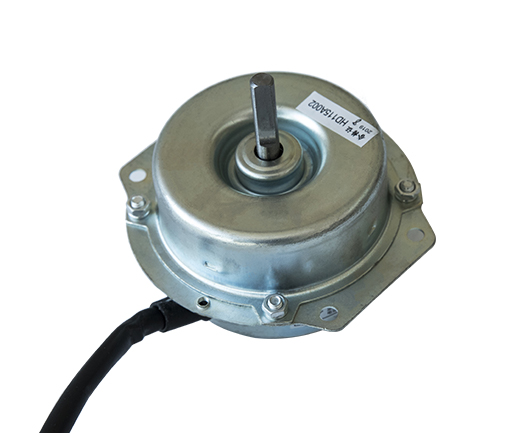Fans have become an integral part of our lives, providi […]
Fans have become an integral part of our lives, providing relief and comfort in hot weather or stuffy environments. Whether it's a ceiling fan, a desk fan, or an air conditioning unit, fans rely on motor technology to circulate air and create a pleasant breeze. Among the essential components of a fan, the motor plays a crucial role in determining its performance, energy efficiency, and noise levels. In this article, we will explore the different types of fan motors commonly used in AC and ceiling fans, shedding light on their characteristics and benefits.
AC Induction Motors:
AC (alternating current) induction motors are the most commonly used motors in household fans. These motors operate by creating a rotating magnetic field that powers the fan blades. AC induction motors are known for their simplicity, durability, and cost-effectiveness. They are widely used in ceiling fans, pedestal fans, and table fans.
One of the primary advantages of AC induction motors is their ability to generate high torque, making them suitable for driving large fan blades. They are also relatively easy to control and maintain. However, AC induction motors tend to be less energy-efficient compared to other motor types, and they may produce more noise during operation.
Brushless DC (BLDC) Motors:
Brushless DC motors have gained popularity in recent years due to their enhanced efficiency and performance. Unlike AC induction motors, BLDC motors operate on direct current (DC). They consist of permanent magnets on the rotor and electronic commutation to energize the stator windings.
BLDC motors offer several advantages over AC induction motors. They are significantly more energy-efficient, resulting in reduced power consumption and lower electricity bills. Additionally, BLDC motors provide smoother and quieter operation, making them ideal for applications where noise is a concern. Ceiling fans equipped with BLDC motors are becoming increasingly popular due to their energy-saving capabilities and quiet operation.
Moreover, BLDC motors often come with advanced features such as variable speed control and smart integration. Some models even offer remote control functionality and compatibility with home automation systems, allowing users to adjust fan speed and settings effortlessly.
Permanent Magnet Synchronous Motors (PMSM):
Permanent Magnet Synchronous Motors (PMSM) are another type of motor commonly used in ceiling fans. Similar to BLDC motors, PMSM motors operate on direct current and utilize permanent magnets on the rotor. The key difference lies in the motor control strategy.
PMSM motors employ advanced control algorithms that optimize motor performance and efficiency. They offer precise control over speed, torque, and power consumption. PMSM motors are known for their high power factor and excellent energy efficiency. They can provide superior airflow while consuming minimal electricity, resulting in significant energy savings.
Furthermore, PMSM motors are known for their compact size and lightweight construction. These characteristics make them suitable for modern ceiling fan designs, where sleek and slim profiles are desired.
In conclusion, fan motors play a crucial role in determining the performance, energy efficiency, and noise levels of fans. AC induction motors, BLDC motors, and PMSM motors are among the commonly used motor types in AC and ceiling fans. While AC induction motors are cost-effective and reliable, BLDC and PMSM motors offer improved energy efficiency, quieter operation, and advanced control features. As consumers become more conscious of energy consumption and seek quieter fan options, the demand for BLDC and PMSM motor-equipped fans continues to rise.
